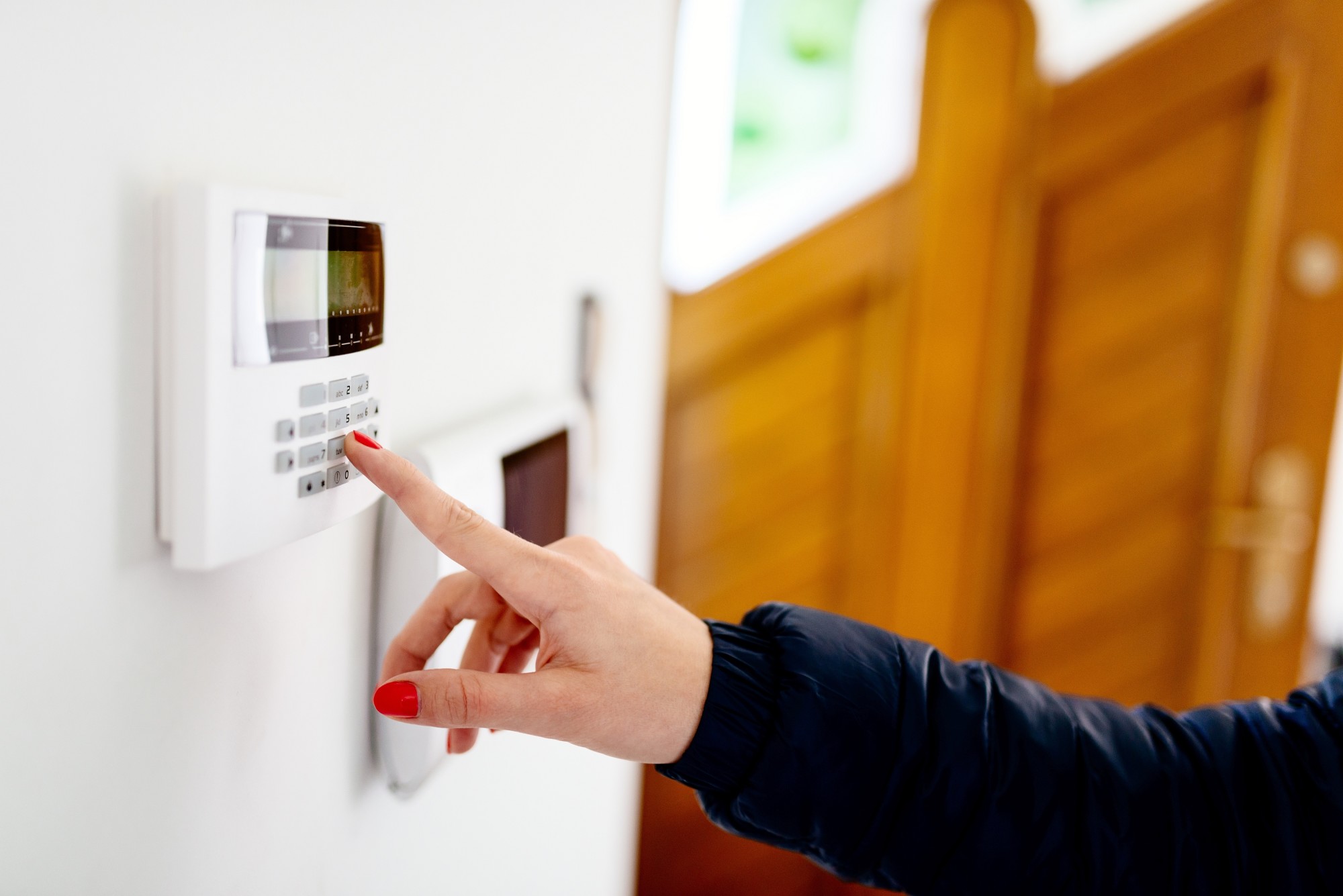Stay Connected in the Country: How to Get Internet in Rural Areas

While many in the city might be taking high-speed Internet for granted, millions of people living in rural areas don’t even have access to the Internet. Some of them don’t have a connection because of money issues, but the others can’t have it even if they can afford it.
After all, there are still many places that are out of reach. The good news is that the majority can get an Internet connection one way or the other.
If you’re thinking about how to get Internet in rural areas, read on and see what options you have. Don’t worry, you’ll still be likely to go on Facebook to share how your life is in the country.
How to Get Internet in Rural Areas
Although the options are not as extensive as in the city, fast Internet is still available in some areas. The only issues would be the data allocation and the costs, which can be higher depending on where you live.
As of the moment, there are two ways for rural areas to get an Internet service: wired or wireless.
Wired Internet
The same company that gives you a television service may also have Internet plans on top of cable plans. City dwellers are familiar with this set-up. In rural areas, this is one of the two options for wired Internet connectivity, with the other being DSL.
The cable Internet service in rural towns is not the same as in cities. It’s usually not that reliable, and the system is less advanced than that of urban communities. The same is true for DSL, wherein the customers get Internet through their phone lines.
Cable companies give discounts for cable and Internet bundles, though. If you already have a contract with a cable company, getting Internet service from them might be a good deal. You can learn more about this option by contacting your provider.
Dial-Up
This ancient technology is still alive today. Its improved version is the DSL. It’s the third wired Internet option that no one wants to consider.
Americans who only have this as an option struggle with a super slow Internet connection. Even those with more modern equipment can only transfer data up to 56 kbps. If the phone lines in the area have maintenance issues, the speed will further decrease.
Don’t expect to be able to stream videos, video chat, or run your business with this type of connection. Nevertheless, if your only purpose is to surf the web, a dial-up Internet connection might be good enough. It’s pretty cheap as well.
Satellite
Satellite Internet may be the most reliable service that homes in rural areas can get. It can deliver high-speed Internet to your home even if it’s in a remote location. This is because it uses the satellites orbiting in space rather than a cable or phone lines.
Rural Internet providers deliver this service to your home via a satellite receiver. You install it outside your home, and it then picks up a broadband signal that’s sent to your computer through a cable.
This option requires an upfront fee to cover the costs of the satellite dish and other equipment. The fee per month, speed, and data cap vary among the available ISPs in your area.
Fixed Wireless Internet
A wireless broadband is a great option, but only if it’s available in your area. Instead of using power lines or cable to connect to the internet, wireless Internet providers deliver this service through an antenna.
Like a satellite dish, the antenna you install outside your home also picks up the signal from the source. In this case, the source is land-based towers.
The advantage to this is that the radio waves don’t have to travel from as far as space to get to your home. The download and upload speeds can be faster, and having data caps is unusual.
Unlike satellites, however, your home must be within the vicinity of a tower to receive a signal. If there’s an obstruction between the antenna in your home and the tower, it might interrupt the Internet service. Outages are not uncommon.
Cellular Broadband
Do you have access to a cellular service? You may be able to connect to the Internet via your mobile provider. AT&T and Verizon offer this option in rural areas, but note that you’d have to pay a hefty fee per month on top of your mobile plan.
A mobile broadband is usually more expensive than satellite Internet, though. You also have limited options when it comes to bandwidth and plans.
Its availability is a huge issue as well. Many places don’t even have a single working cell service. Some might be able to get a signal in specific spots, which is fine if you only need Internet access for a few minutes.
The Future of Internet Options for Rural Areas
Living outside the regular service zones might suck for now, but there will be more rural Internet options soon. Google, for one, is still testing its new project called Project Loon.
Project Loon involves the use of “Internet balloons” placed in high altitudes. The balloons feature antennas that can reach remote locations and relay the signal that they pick up from the ground.
In this regard, they’re similar to a satellite. However, their aim is to provide a more reliable high-speed broadband service. Google has already pledged to provide Internet to some of the most inaccessible regions in the world.
More about Internet and Technology
At the moment, these are the only options on how to get Internet in rural areas. Still, there are other projects in development that aim to bring high-speed Internet even to the most remote locations apart from Project Loon.
It’s only a matter of time before Internet connectivity becomes widely available. Technology is advancing fast. If you want to keep up with it, check out our blog for more tips, such as how to choose the best door sensor chimes.



